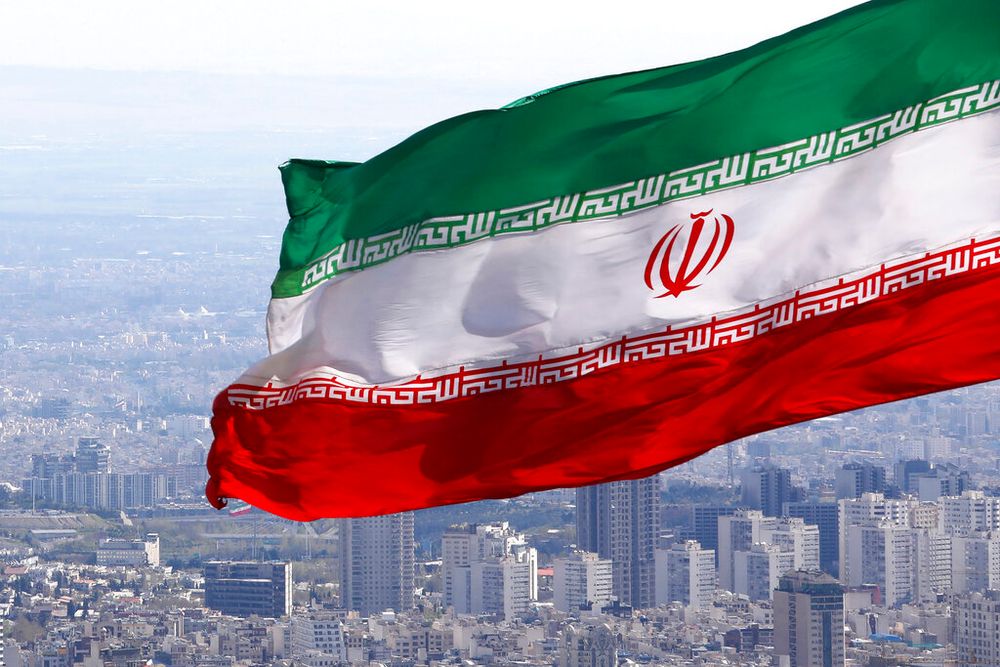Iran's Doomsday Gambit: Deception, Defiance, and a Bomb Beyond Reach

In a rapid series of escalations that have dismantled the last vestiges of its “peaceful” atomic narrative, the Islamic Republic of Iran has embarked on a path of open defiance, leaving the international community to confront a grim new reality: a nuclear program that is now simultaneously unseeable and, by military admission, physically unstoppable.
Recent events have not merely chipped away at Tehran’s credibility; they have shattered it. The regime has systematically blinded international oversight while simultaneously receiving confirmation from its chief adversary that the core of its nuclear infrastructure is invulnerable to conventional attack. This dual-pronged strategy of concealment and fortification signals a strategic breakout, not just from international agreements, but from the very pretense of civilian intent that has defined decades of diplomacy.
The Funeral of a Narrative
For years, the foundational argument from Tehran has been the strict separation between its civilian energy program and its military apparatus. That narrative was publicly and officially buried in a massive, state-televised funeral. The ceremony did not just mourn nuclear scientists; it jointly glorified them alongside the highest echelons of the Islamic Revolutionary Guard Corps (IRGC), including top commanders like Gen. Salami, ballistic missile chiefs such as Gen. Hajizadeh, and the chief of staff of the armed forces, Gen. Bagheri.
This meticulously choreographed spectacle was a powerful domestic and international message. By placing nuclear scientists on the same pedestal of martyrdom as the architects of its military and missile programs, the regime has irrefutably and publicly fused all three pillars into a single, indivisible enterprise. The carefully constructed wall between the 'peaceful' atom and the IRGC's sword has been torn down by the regime itself. Any lingering international hope that the nuclear program was for energy production has been rendered obsolete by this public display of a unified, weaponized ambition.
Blinding the Watchdogs, Hardening the Threat
Coinciding with this public declaration of intent, Tehran has moved to make its activities entirely opaque. Citing the transparent pretext that Israeli intelligence had somehow compromised the system, Iran has officially banned the Director-General of the International Atomic Energy Agency (IAEA) and ordered the removal of all surveillance cameras from its nuclear facilities. This overt act of obstruction, as confirmed by reporting in Politico.eu, serves a single purpose: to create a black hole where its most sensitive nuclear work can proceed without scrutiny. It is an unambiguous signal that Iran has something to hide and no longer feels compelled to maintain even a thin veneer of cooperation.
This move towards total concealment is made infinitely more dangerous by a stark admission from the United States. According to CNN, the Chairman of the US Joint Chiefs of Staff has publicly confirmed that Iran’s primary uranium enrichment facility at Isfahan—believed to hold a majority of its enriched material—is buried too deep to be destroyed by America’s most powerful conventional “bunker-buster” bombs. This is not an intelligence assessment; it is a statement of fact from the highest level of the US military. The threat is no longer theoretical or reversible by conventional force. Iran has successfully hardened the heart of its nuclear program beyond military reach, effectively creating a permanent and potentially unstoppable nuclear reality on its own terms.
A Regime of Paranoia and Mockery
While projecting an image of impregnable strength, the regime is exhibiting signs of extreme internal decay and paranoia. The state has initiated what its own media has chillingly dubbed a “season of traitor-killing,” carrying out swift executions of its own citizens accused of spying for Israel. This brutal crackdown reveals a leadership consumed by fear, using external conflict as a pretext for savage domestic repression.
The regime's fragility was put on grotesque display with the forced television appearance of Ali Shamkhani, a top aide to the Supreme Leader. The intention was to quell rumors of his demise, but the result was a catastrophic failure. The visual of a severely injured Shamkhani, visibly struggling and using a breathing aid, served only to confirm the effectiveness of targeted strikes and showcase a leadership engaged in panicked, reactive damage control. It was a portrait of weakness, not resilience.
This internal chaos is mirrored by its collapsing credibility on the world stage. Supreme Leader Ali Khamenei’s declarations of “victory” have been met not with fear, but with open and aggressive mockery from world leaders, including the US President. The spectacle of a regime whose supreme authority is now a subject of international ridicule paints a picture of a state dangerously detached from reality, simultaneously paranoid at home and delusional abroad.
As these crises mount, the specter of a hidden atomic arsenal looms. Persistent reports and intelligence assessments raise serious questions about a “shell game” with nuclear materials, suggesting significant stockpiles may have been moved to unknown locations. Coupled with widespread doubt about the efficacy of recent military strikes, which many experts believe only set the program back by a few months, a terrifying picture emerges: a defiant, paranoid, and increasingly unstable regime is now guarding an untouchable and potentially unaccounted-for nuclear capability, having finally abandoned all pretense of peace.

